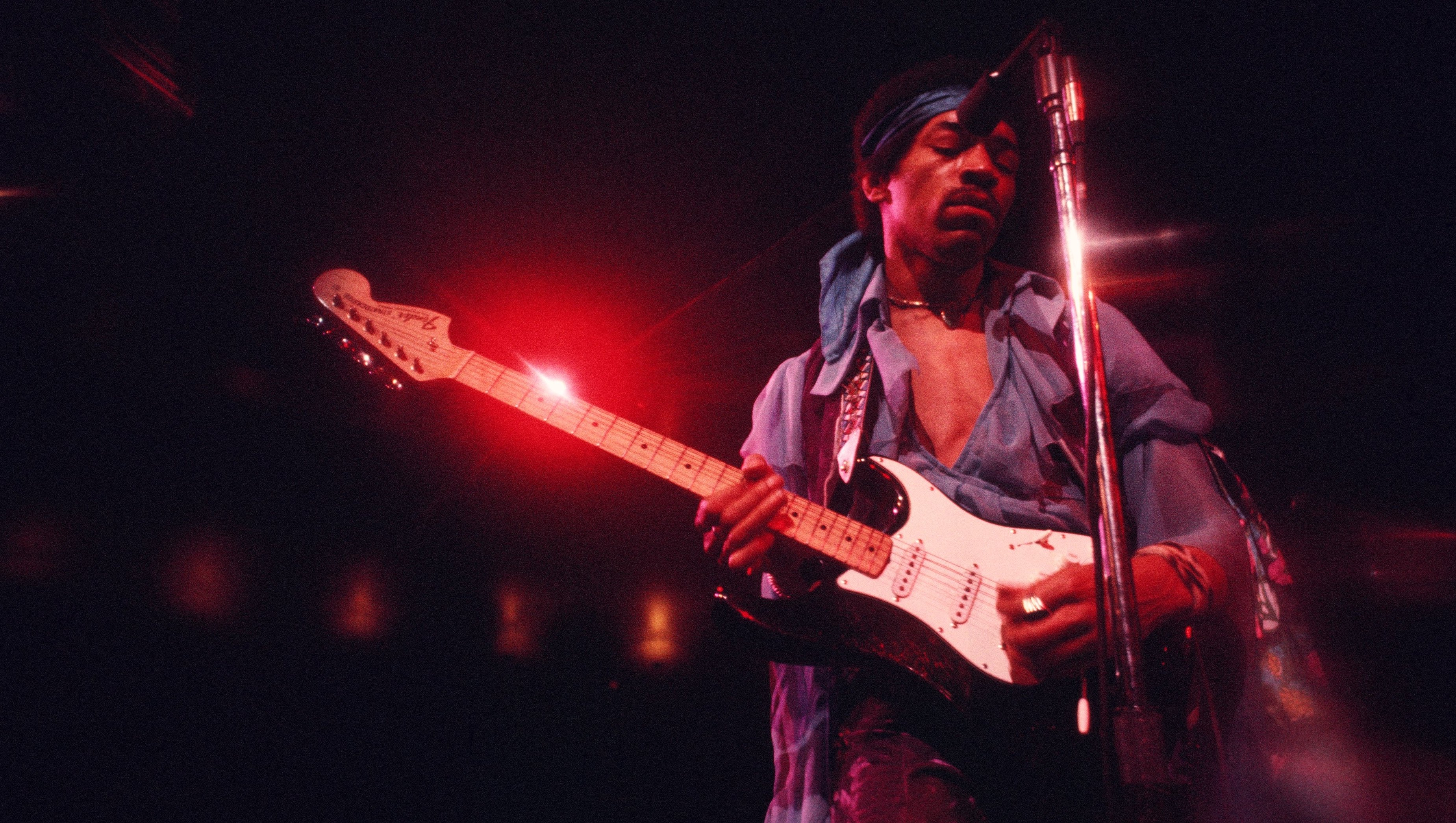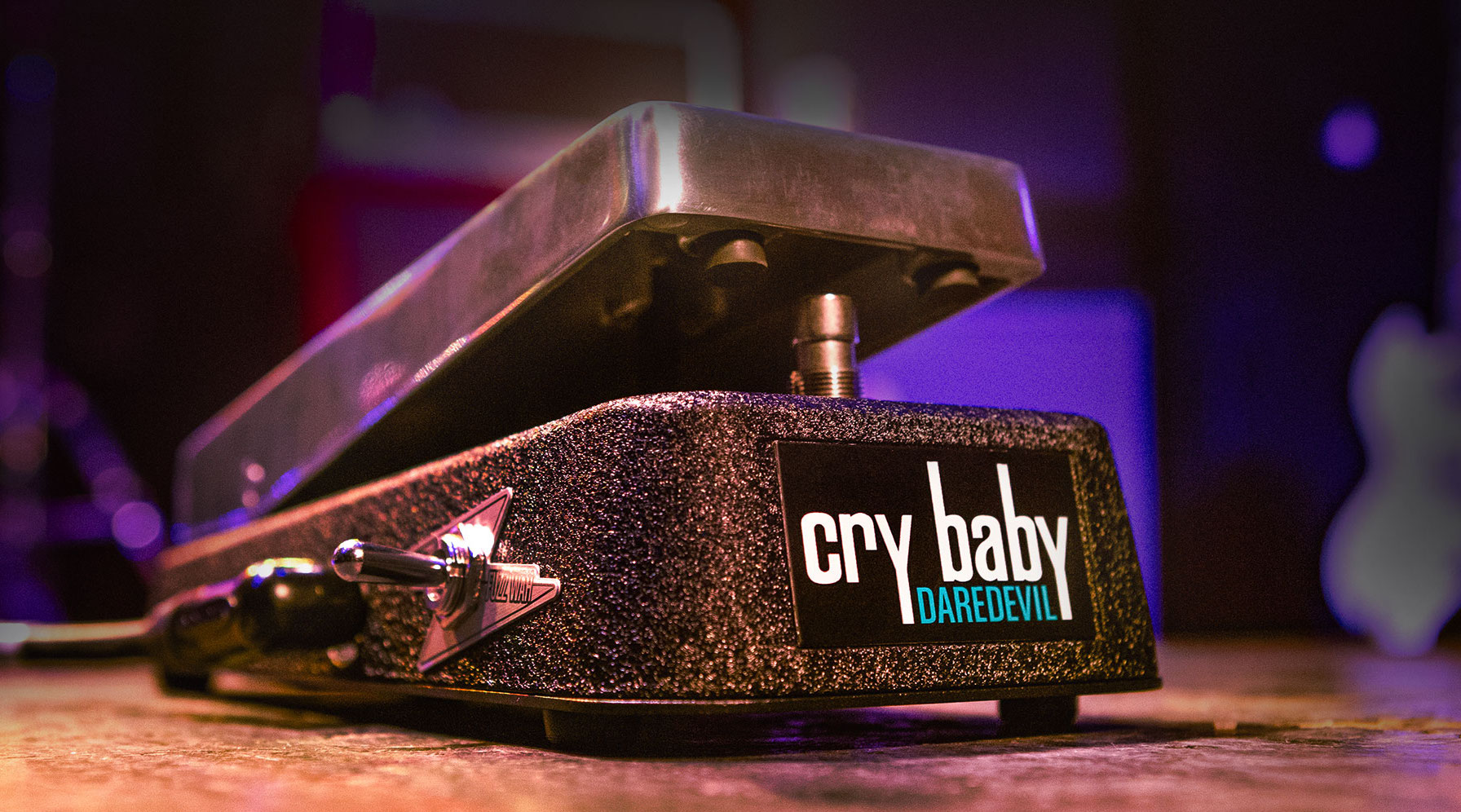Billy Cox reveals what really happened to Jimi Hendrix’s Danelectro Shorthorn “Betty Jean” guitar
There's a reason Hendrix's army-days Dano never went up for sale

When it came to electric guitars, Jimi Hendrix, as we all know, played more than just Strats and Flying Vs. Particularly early on in his career he used a host of other models, including a Fender Duo-Sonic when he backed up the Isley Brothers and a Jazzmaster with Little Richard.
Among the most mythical, and unusual, of his early instruments, however, is the single-lipstick-pickup Danelectro Shorthorn “Betty Jean” seen in the image above.
The guitar, commonly thought of a U-1, but also identified as a 1958 Danelectro Shorthorn 3012, was purchased by Hendrix while he was dating a woman named Betty Jean Morgan, which led him to name the Dano after her and emblazon it with her name.
The guitar was Hendrix’s main axe during his time in the US Army, and he also used it for his first jams with Billy Cox and earliest post-service gigs.
He eventually traded the Danelectro for an Ibanez Rhythm Maker at Collins Music store in Clarksville, Tennessee. After that, Betty Jean never reappeared. It has never come up for sale or auction, and seemed to vanish for good.
Hendrix’s old bandmate Billy Cox, however, has an idea of what became of Billy Jean. In an interview recently presented on NAMM’s Remembering Jimi Hendrix podcast, Cox recounted the last days of the famous guitar:
“He had a Danelectro that had ‘Betty Jean’ on it,” Cox said. “And I was told, ‘If you ever found that guitar in Nashville it’d be worth five millions dollars.’ I found it where it was. He had pawned it to the guy who owned the Del Morocco [a Nashville club that Hendrix had played in the early ‘60s] for about $150, something like that. And he kept it because Jimi didn’t pay him back. He kept it at his house, and about four years later that house burnt down.
All the latest guitar news, interviews, lessons, reviews, deals and more, direct to your inbox!
Cox went on to say that at one point he went looking for Betty Jean. “I sometimes thought it was at Collins Music store where we sometimes did our business in Clarksville. We looked up in the attic, we looked down in the garage, in the basement, for a whole Saturday. I had bib overalls on, never found it.”
Then, he continued, “it dawned on me. It was possible…I had talked to some people and they said, ‘Yeah, it was at Uncle Teddy’s house and that house burned down.’”
This week, it was announced that Hendrix’s infamous 1970 Maui concerts are to be documented in a new film and live album, Music, Money, Madness... Jimi Hendrix In Maui.
Rich is the co-author of the best-selling Nöthin' But a Good Time: The Uncensored History of the '80s Hard Rock Explosion. He is also a recording and performing musician, and a former editor of Guitar World magazine and executive editor of Guitar Aficionado magazine. He has authored several additional books, among them Kurt Cobain: Montage of Heck, the companion to the documentary of the same name.

